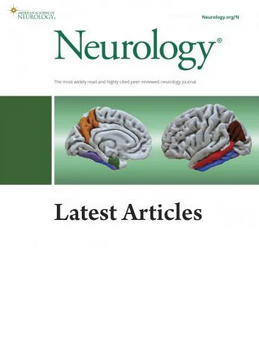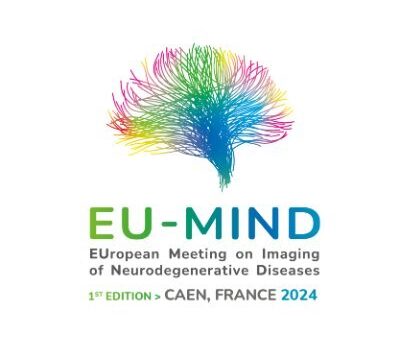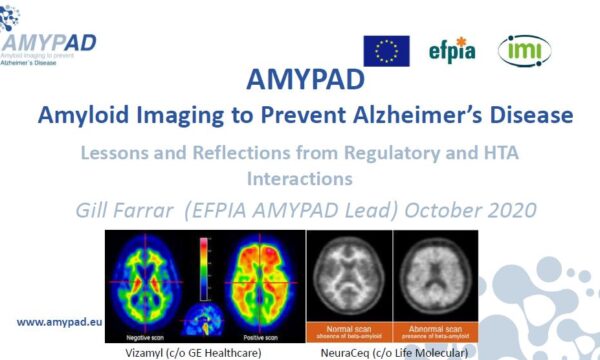Discordance between CSF and PET biomarkers of β-amyloid (Aβ) might reflect an imbalance between soluble and aggregated species, possibly reflecting disease heterogeneity. Previous studies generally used binary cutoffs to assess discrepancies in CSF/PET biomarkers, resulting in a loss of information on the extent of discordance.
In this new paper published in the journal Neurology, authors propose a continuous model of soluble/aggregated Aβ-imbalance, by jointly modelling Aβ-CSF/PET data of cognitively unimpaired (CU) and cognitively impaired (CI) individuals and deriving a participant-specific Aβ-aggregation score. This approach provides a single measure capturing the full range of possible Aβ biomarker discordance. They investigated the association of Aβ-aggregation scores with (1) methodological factors, to support that the observed results are not due to methodology; (2) demographics, CSF biomarkers, and vascular burden, to assess biological factors that may promote imbalance between soluble and aggregated Aβ; and (3) baseline and longitudinal cognition, to investigate clinical relevance. Finally, they investigated the generalisability of the model to an independent, heterogeneous, multicohort validation data set across multiple CSF kits and PET tracers.
Data were obtained from the Alzheimer’s Disease Neuroimaging Initiative (ADNI) database and from the AMYPAD Prognostic and Natural History Study (PNHS).
Congratulations to all authors: Mastenbroek SE, Sala A, Vállez García D, Shekari M, Salvadó G, Lorenzini L, Pieperhoff L, Wink AM, Lopes Alves I, Wolz R, Ritchie C, Boada M, Visser PJ, Bucci M, Farrar G, Hansson O, Nordberg AK, Ossenkoppele R, Barkhof F, Gispert JD, Rodriguez-Vieitez E, Collij LE
You can access the paper here: https://doi.org/10.1212/WNL.0000000000209419



